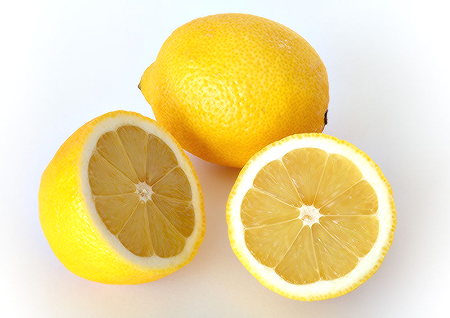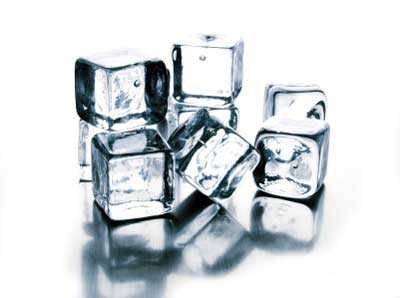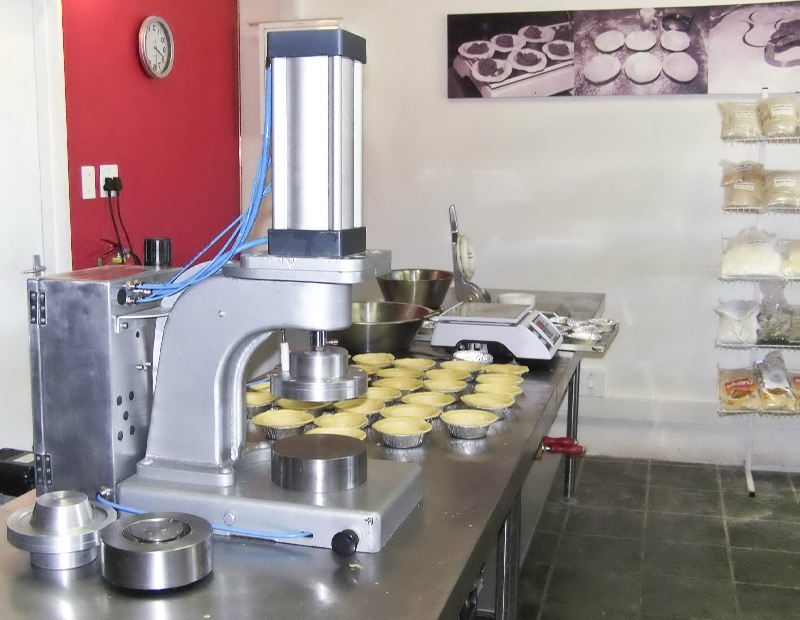Pie manufacturing tips and techniques
1. Stay alive. Probably one of the most important tips we can give you is how to control pastry shrinkage. Remember: pastry is a live entity; it possesses the ability to come alive at the right temperatures. To ensure control of your pastry's growth, add a bit of acidity.

Pure lemon juice or 100% bottled lemon juice is best. Natural white vinegar works well too. Or purchase a pastry relaxing agent to add to your pastry. Adding just the right amounts will not affect taste or texture, but will have a remarkable effect in reducing the level of shrinkage in your pastry.
The wetter pastry is, the easier it is to work with. But the more water you add, the more gluten is formed, which makes the pastry tough. The Solution? Substitute vodka for some of the water.
Eighty-proof vodka is essentially 40 percent ethanol and 60 percent water. As it happens, gluten cannot form in alcohol, which means that for every tablespoon of vodka one adds, only 60 percent of it contributes to gluten development. Alcohol doesn?t completely vaporise in the oven, even with that being so your pastry will not have a boozy flavour.
2. Keep cool. Or cold. For the best results, and always for flaky pastry, refrigerate all ingredients prior to making your dough, even the flour.

3. Chill out. All liquids should be ice cold. The purpose of keeping temperatures down when creating a pastry is to prevent the pastry from "coming alive". The various ingredients start reacting with one another at higher temperatures (from around 16 to 18 degrees C). For instance, puff pastry will start losing its ability to "puff" and will also start becoming hard and tough. The same applies to short pastries, however, short pastry is by far less temperamental.
4. Take it easy. Mix your dough quickly with as little handling as possible. Do not overwork your dough as this could cause it to be tough.
5. Relax. Always let your dough relax in the refrigerator for a minimum of 30 - 60 minutes before using. Depending on pastry type, it is sometimes best to rest your pastry for a few hours, even overnight. Or you can block your lids or tops using Pie Designs' cold pastry blocking and forming system and leave them in the fridge for at least an hour (or overnight for best results). This is to help minimise shrinkage during baking. In pastry that has not been relaxed sufficiently, pies can shrink by as much as 20% in baking.
6. Start right. Start the production day by blocking your bases and using your lids that have already been blocked up and rested overnight. Or, to achieve optimum results, run two blockers, one for lids and one for bases.
7. Use the right stuff. Production is not just determined by equipment and staff. Seamless production is based on many factors which all have to be in place. Yes, equipment is the key. However, everything from your bakery layout to cleanliness and a clutter-free environment - plays a major role. For instance, your premises may be more efficient when your team works from right to left, or from left to right. Or you may have the option of both. Its all about working smarter, rather than harder. Every second counts.
8. Check it out. Analyze your production environment carefully. Take the time to watch your staff at work. Time their operations and calculate total production time to produce your product. Pay particular attention to the distances that staff members have to walk or move or stretch to complete a task. For example, assuming your finished product ready to bake or freeze is 5 metres away from the oven or fridge and it takes a team member 5 seconds to carry them that distance. If you make 5 000 pies per day, you're looking at a loss of about 5 minutes productivity each day, which equates to a loss of approximately 75 pies or more if you're using our system.
9. Waste less. This applies to absolutely every dedicated task your staff have to accomplish within a working day to produce your product. Remember that time is money. Staff members who chat while working, is not a bad situation; it could add to a happy environment. However, in extreme cases this will result in great productivity loss. Separate those staffers who tend to chat to much; dedicate them to tasks which are on opposite sides of your bakery. Every 3 seconds wasted (if you are using our pie machine system) is one less pie you'll produce.
10. Cut the clutter. Make sure your bakery is clutter-free. Avoid having staff walk around things to get to their goal or have to constantly move things around to accomplish their tasks. It not only wastes valuable time, but psychologically it messes with the mind. It will tire your staff even if it?s something that you or they won?t even be aware of. It will slow down your whole production chain and add to staff becoming discouraged. Make it an easy and pleasant environment for them in which to be productive. Possibly even add music to their environment, as this can lift spirits and will most definitely up production and maintain consistency.

An efficient Medium Volume Production layout using our machines
11. Do it in bulk. By preparing your pie mixtures/fillings one day ahead of time, and blocking your lids the day before should you only use one cold blocking machine, you can ensure seamless production. If you use our quick fill mixture depositing system, you can bulk up on your fillings a few days before without any risk of your mixtures going off. This due to the unique storage concept we've incorporated in the systems design. This will ensure a dramatic production and profit increase.
12. Don't speed bake. Optimum baking temperature for pies is around 180 to 200 degrees C, at a time of 20 to 25 minutes. We've seen how some increase temperature to shorten baking times. What happens is that your pastry dries out prematurely, causing it to become hard or tough. Yes, convection ovens do make a difference, particularly in providing a more even bake. Should you have a normal oven and find you're not getting an even bake, reduce your temperature and space your pies further apart for a better result.
13. Test. Back to pastry dough. If you are battling to perfect your recipe, experiment by trying the following changes in small batches:
Different flour types. Different types of fat. Different moisture content. Remember to keep the dough COLD and make sure it is not warming up to quickly while you process it.
14. Stay the same. If you are battling to get consistency in your pastry from batch to batch, look at the following:
Ensure your mixing times are precisely duplicated from batch to batch
Ensure your ingredients are added in the same quantities and sequence every time from batch to batch
Ensure that temperatures are consistent from batch to batch
Ensure that dough handling is consistent, including where and how you store or rest your dough
Make sure you use the same quality of ingredients every time
15. Cost it out. Effective product costing: Go to our pie production costing and calculations page and use the costing calculator, which will give you an accurate, to-the-cent result.
16. Dough sheeting and labour savings. Should you be producing your pastry using a dough sheeter, particularly if you produce a high puff pastry. You can reduce your labour costs by up to 75% by adding our cold blocking solution to your process. Use your dough sheeter to sheet in your fats only to create the layers, this should utilise no more than 25% of your labour to do. Then instead of sheeting to final thickness which would have consumed 75% labour, use our cold blocking system to do the rest. You will also save on all the flour required for dusting in the sheeting process. Lots of flour, which means lots more profit.
17. Pepper steak pies or pepper type pies. If you are making pies using pepper as an ingredient such as pepper steak pies, & are experiencing that your pies are splitting or even exploding as it were in the oven while baking. Make sure that you are grinding up the whole pepper corns before you make your pie filling. Whole pepper corns will explode when subjected to heat & moisture & this would be the most likely cause of your pies "popping" open.